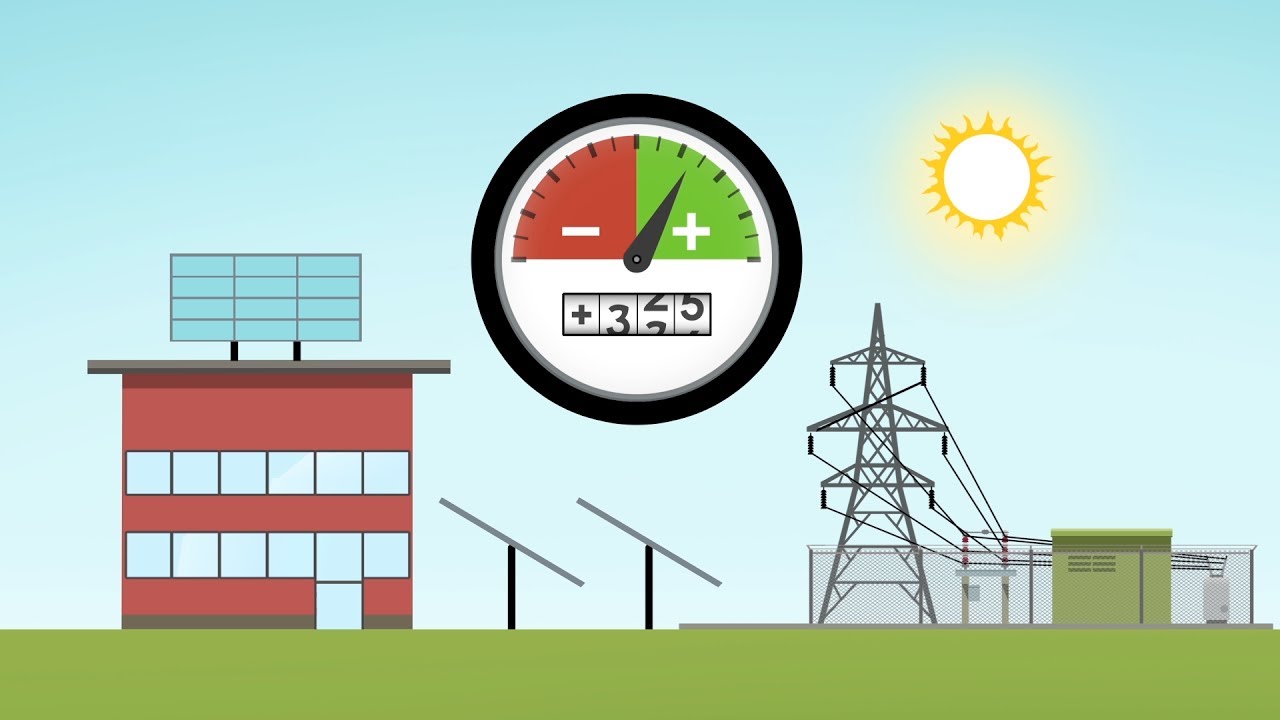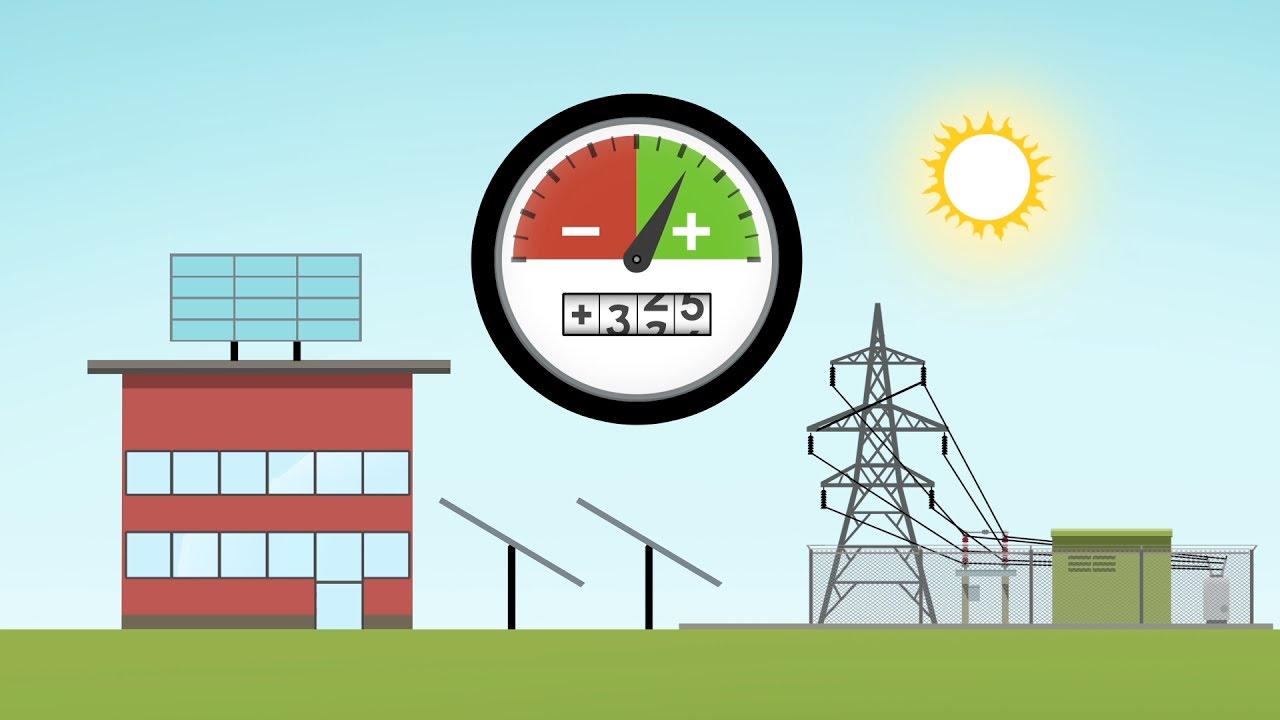Zero-Energy Buildings - The Future Of Sustainable Architecture
Zero-energy buildings, also known as net-zero energy buildings, are an innovative and sustainable type of building that are designed to produce as much energy as they consume on an annual basis.
Author:George EvansApr 03, 202394.8K Shares1.5M Views

Zero-energy buildings, also known as net-zero energy buildings, are an innovative and sustainable type of building that are designed to produce as much energy as they consume on an annual basis.
These buildings are becoming increasingly popular as individuals and organizations seek to reduce their carbon footprint and transition to more sustainable lifestyles.
Zero-energy buildings utilize a combination of energy-efficient design strategies, renewable energy technologies, and smart energy management systems to achieve their goal of net-zero energy consumption.
In this article, we will explore the key features and benefits of zero-energy buildings, as well as the design principles and technologies that make them possible.
What Are Zero-Energy Buildings?
Zero-energy buildings, also known as net-zero energy buildings, are buildings that produce as much energy as they consume on an annual basis.
These buildings are designed to be highly energy-efficient, utilizing a combination of passive design strategies, renewable energy technologies, and smart energy management systems to minimize their energy consumption.
Any remaining energy needs are met through on-site renewable energy sources, such as solar panels, wind turbines, or geothermal systems.
Zero-energy buildings can be used for a variety of purposes, including residential, commercial, and industrial applications. They are a key component of the transition to a more sustainable and low-carbon future.

What is a Zero Energy Building?
How Do Zero-Energy Buildings Work?
Zero-energy buildings work by utilizing a combination of energy-efficient design strategies, renewable energy technologies, and smart energy management systems.
The following are some of the key features that enable zero-energy buildings to produce as much energy as they consume:
Passive Design
Zero-energy buildings are designed to make the most of natural light, ventilation, and insulation to reduce their energy consumption.
This can include features such as south-facing windows to capture sunlight, shading devices to reduce heat gain in the summer, and high levels of insulation to minimize heat loss in the winter.
Energy-Efficient Systems And Appliances
Zero-energy buildings use energy-efficient systems and appliances that are designed to minimize their energy consumption.
This can include features such as LED lighting, high-efficiency HVAC systems, and energy-efficient appliances such as refrigerators and washing machines.
Renewable Energy Sources
Zero-energy buildings generate their own energy through the use of renewable energy technologies such as solar panels, wind turbines, or geothermal systems. Any excess energy generated can be stored in batteries or fed back into the grid.
Smart Energy Management
Zero-energy buildings use smart energy management systems to optimize energy use and minimize waste.
This can include features such as energy monitoring systems, occupancy sensors, and automated controls that adjust lighting and HVAC systems based on occupancy and weather conditions.
By combining these features, zero-energy buildings are able to produce as much energy as they consume on an annual basis, resulting in a highly sustainable and energy-efficient building.
Why Are Zero-Energy Buildings Important?
Zero-energy buildings offer a number of important benefits, including:
- Reduced environmental impact: Zero-energy buildings generate no greenhouse gas emissions, helping to reduce the environmental impact of the built environment.
- Lower operating costs: Zero-energy buildings can save money over the long-term by reducing energy bills and eliminating the need to rely on fossil fuels.
- Increased resilience:Zero-energy buildings are able to operate independently of the electrical grid, making them more resilient in the face of power outages or other disruptions.
- Improved occupant health and comfort:Zero-energy buildings typically feature better indoor air quality, natural lighting, and thermal comfort, creating a healthier and more comfortable indoor environment for occupants.
How To Retrofit A Home To Be Zero-energy
Retrofitting a home to be zero-energy is a complex process that requires careful planning and design. The following are some of the key steps involved in retrofitting a home to be zero-energy:
- Energy Audit: The first step in retrofitting a home to be zero-energy is to conduct an energy audit. This involves assessing the current energy use of the home and identifying areas where energy efficiency can be improved.
- Insulation and Air Sealing:To reduce energy consumption, it's important to properly insulate and air seal the home. This can include adding insulation to walls and attics, sealing air leaks around doors and windows, and ensuring proper ventilation to maintain indoor air quality.
- Energy-Efficient Systems and Appliances:Upgrading to energy-efficient systems and appliances is another key step in retrofitting a home to be zero-energy. This can include replacing old HVAC systems with high-efficiency models, installing Energy Star-rated appliances, and upgrading lighting to LED bulbs.
- Renewable Energy Sources: To achieve zero-energy status, it's important to generate renewable energy on-site. This can include installing solar panels, wind turbines, or geothermal systems.
- Smart Energy Management:Finally, smart energy management systems can be used to optimize energy use and minimize waste. This can include features such as energy monitoring systems, occupancy sensors, and automated controls that adjust lighting and HVAC systems based on occupancy and weather conditions.
Overall, retrofitting a home to be zero-energy requires a comprehensive approach that addresses all aspects of energy consumption and production. With careful planning and design, however, it is possible to transform an existing home into a highly sustainable and energy-efficient space.
People Also Ask
What Are The Benefits Of Zero-Energy Buildings?
Zero-energy buildings offer a number of benefits, including reduced environmental impact, lower operating costs, increased resilience, and improved occupant health and comfort.
How Do You Design A Zero-Energy Building?
Designing a zero-energy building requires careful consideration of factors such as passive design, renewable energy, and energy-efficient systems and appliances.
What Is The Difference Between Net-Zero Energy And Zero-Energy Buildings?
While the terms "net-zero energy" and "zero-energy" are often used interchangeably, there is a subtle difference between the two.
Net-zero energy buildings generate as much energy as they consume on an annual basis, while zero-energy buildings generate all of the energy they need from renewable sources.
What Types Of Renewable Energy Sources Can Be Used In Zero-Energy Buildings?
Zero-energy buildings can use a variety of renewable energy sources, including solar panels, wind turbines, geothermal systems, and hydropower.
Are Zero-Energy Buildings Expensive To Build?
While zero-energy buildings can be more expensive to build than traditional buildings, they offer significant long-term cost savings through reduced energy bills and lower operating costs.
Additionally, government incentives and subsidies can help offset the initial costs of building a zero-energy building.
Final Thought
Zero-energy buildings represent a promising solution to the challenges of climate change and resource depletion.
By producing as much energy as they consume over the course of a year, zero-energy buildings offer a sustainable and resilient alternative to traditional building practices.
As the demand for sustainable buildings continues to grow, zero-energy buildings are poised to become an increasingly important part of the built environment.

George Evans
Author
George Anderson, an exceptional architectural designer, envisions and brings to life structures that transcend the realm of imagination. With an unwavering passion for design and an innate eye for detail, George seamlessly blends form and function, creating immersive spaces that inspire awe.
Driven by a deep appreciation for the interplay of space, light, and materials, George's innovative approach redefines the possibilities of architectural design. His visionary compositions leave an indelible mark, evoking a sense of wonder and transforming the built environment.
George Anderson's transformative designs and unwavering dedication continue to shape the architectural landscape, pushing the boundaries of what is possible and inspiring generations to come.
Latest Articles
Popular Articles